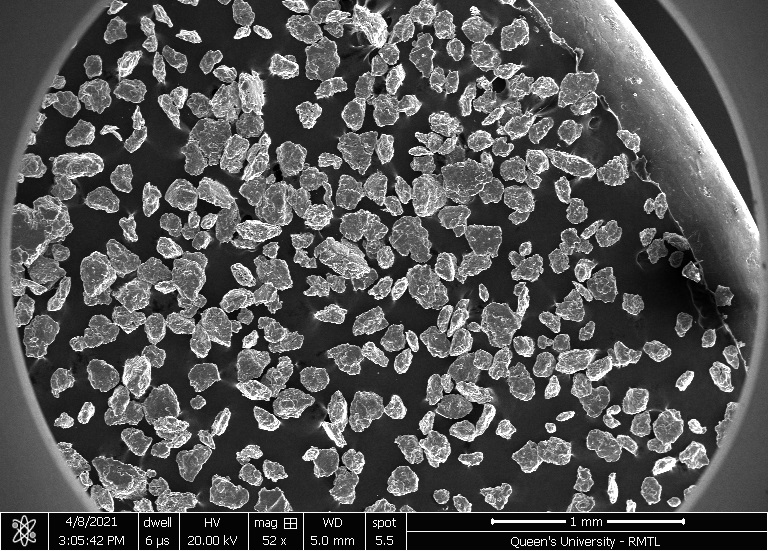China Southern Power Grid has started using solid hydrogen for electricity generation in two power stations in Kunming and Guangzhou, China. “This is the first time that my country has used photovoltaic power generation to produce solid-state hydrogen energy and successfully applied it to the power system,” said the Chinese state-owned utility. The company implemented a storing solution at room temperature, instead of liquefaction. “Its principle is to attract hydrogen atoms into the metal voids through a chemical reaction between hydrogen gas and new alloy materials to achieve storage purposes. At this time, if the ambient temperature of the alloy is raised, the hydrogen in it will be released, converted into electrical energy through the fuel cell, and can be incorporated into the grid.”
The European Parliament and the European Council have agreed to expand the number of publicly accessible electric recharging and hydrogen refueling stations across the European Union's main transport corridors. “Hydrogen refueling infrastructure that can serve both cars and lorries must be deployed from 2030 onwards in all urban nodes and every 200 km along the TEN-T core network, ensuring a sufficiently dense network to allow hydrogen vehicles to travel across the EU,” said the European Commission. The political agreement reached this week must now be formally adopted.
Germany and Denmark have agreed to further integrate their energy systems. They will cooperate on advancing the rollout of transmission infrastructure for green hydrogen between western Denmark and northern Germany from 2028. The two countries have also agreed to support coordination between the national regulatory authorities in the hydrogen sector.
Algeria’s commissioner for renewable energy and energy efficiency, Noureddine Yassaa, and Minister of Energy Mohamed Arkab presented a national strategy for the development of hydrogen. The North African country wants to produce 40 TWh of hydrogen by 2040. It intends to sell most of the produced hydrogen to European markets. Algeria also sees hydrogen as an instrument to improve energy security.
Hyundai Glovis has signed a deal with GS Energy to promote clean hydrogen and ammonia. “Under the agreement, Hyundai Glovis will provide maritime transportation services for the clean ammonia and hydrogen projects promoted by the two companies; GS Energy will be responsible for ammonia and hydrogen production and building-related import terminals,” said the South Korean companies. Hyundai Glovis has invested KRW 200 billion ($153.9 million) in two gas carriers (VLGC). The two 86,000 cubic meters vessels, to be delivered in 2024, can transport LPG and ammonia. According to the logistics company, only 20 VLGCs can ship ammonia worldwide at the moment.
BAE Systems has agreed to supply electric power and propulsion systems for three hydrogen fuel cell buses in Rochester, New York. Its electric propulsion system is integrated with a 125 kW Progen hydrogen fuel cell engine from Plug Power, which will also provide fuel infrastructure. “The Gen3 Series-H system includes an electric motor, energy storage system, and modular power electronics to create a clean mode of transportation for the buses,” said UK-based BAE Systems.
This content is protected by copyright and may not be reused. If you want to cooperate with us and would like to reuse some of our content, please contact: editors@pv-magazine.com.



1 comment
By submitting this form you agree to pv magazine using your data for the purposes of publishing your comment.
Your personal data will only be disclosed or otherwise transmitted to third parties for the purposes of spam filtering or if this is necessary for technical maintenance of the website. Any other transfer to third parties will not take place unless this is justified on the basis of applicable data protection regulations or if pv magazine is legally obliged to do so.
You may revoke this consent at any time with effect for the future, in which case your personal data will be deleted immediately. Otherwise, your data will be deleted if pv magazine has processed your request or the purpose of data storage is fulfilled.
Further information on data privacy can be found in our Data Protection Policy.